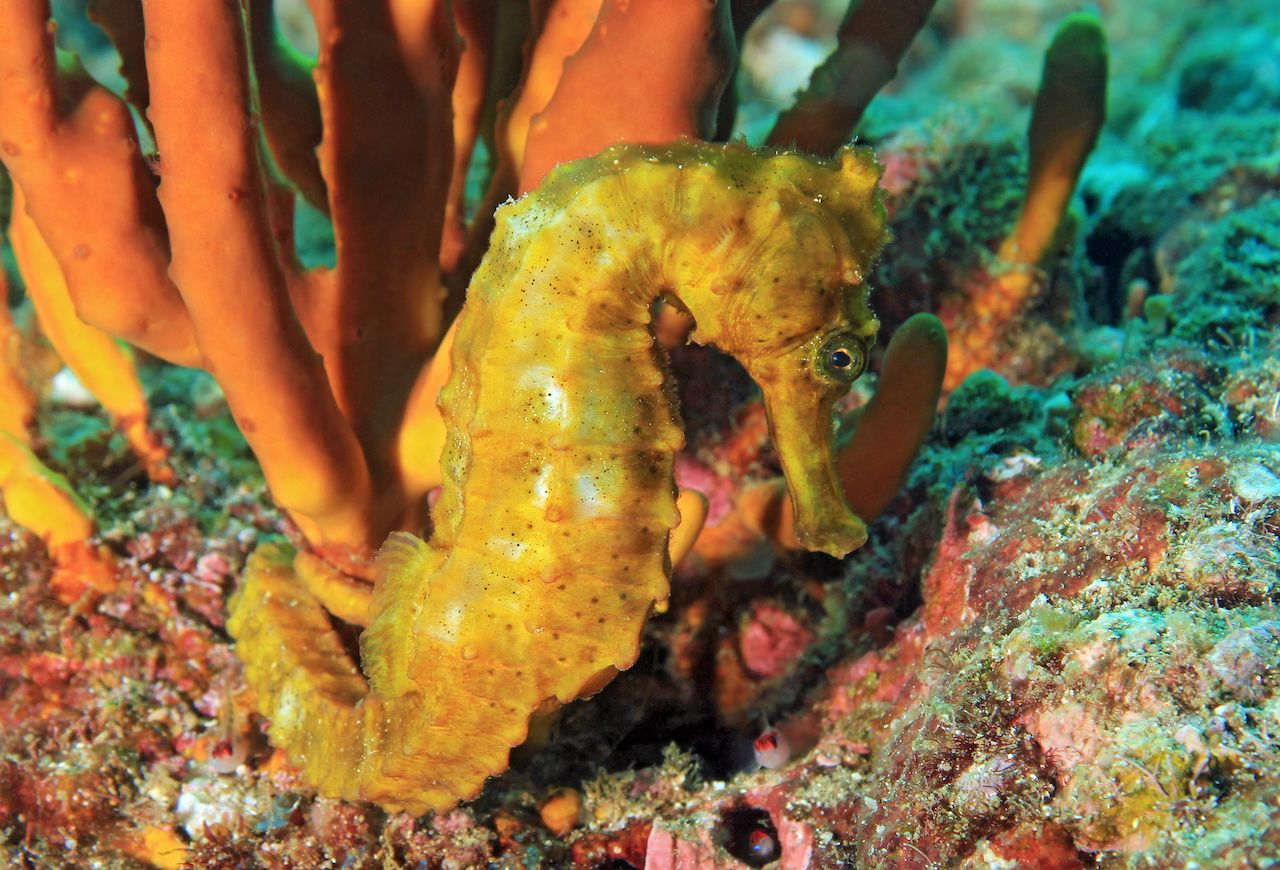As the engine of the Panga boat roared over the Pacific Ocean swells, we traced Panama’s coastline, where volcanic rock cliffs gave way to secluded beaches backed by dense jungle. With every coastal bend, I expected to see a towering hotel, a small town, or even just a few houses on the beach. But I never did.
I had originally come to Panama to surf, but instead we were headed to a place even more rugged and wild than the coast I was observing: Coiba Island. Coiba is a national park and nature preserve whose unique history has allowed it to evolve into a haven for a diverse array of wildlife, some of which exist exclusively on the island. Coiba Island seems to exist in another world, one untouched by humans and full of natural wonder, rugged nature, and thriving wildlife — both above and below the water.




